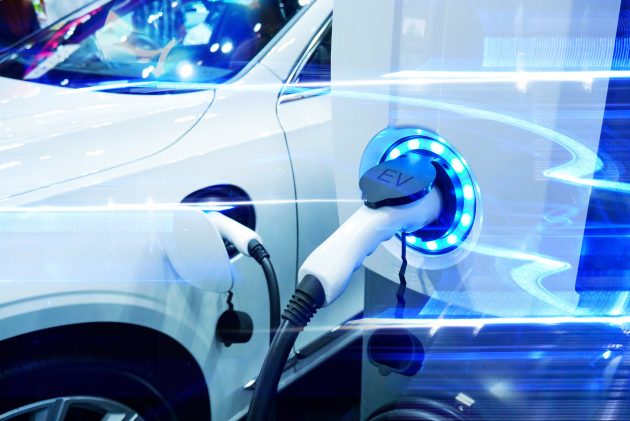
Inverters and contactors to reach highest revenues in global power electronic market by 2025
by CM Staff
Infotainment systems and driver assistance technologies present growth opportunities for power electronic providers

Global Analysis of Power Electronic Market for Electric and Hybrid Vehicles, Forecast to 2025
SANTA CLARA, Calif. — Frost & Sullivan’s recent analysis, Global Analysis of Power Electronic Market for Electric and Hybrid Vehicles, Forecast to 2025, finds that the global power electronic market is expected to multiply by 2025 due to the rising demand for electric and hybrid vehicles (xEVs).
As the xEV market is expected to reach 25 million units by 2025, inverters and contactors will generate the highest revenues in the power components market over the forecast period. The inverter market is likely to garner US$8.67 billion in revenue by 2025 from US$2.84 billion in 2019 at an impressive compound annual growth rate (CAGR) of 24%. The contactor market is expected to generate US$6.8 billion in revenue over the same timeframe with a 22.6% rise in CAGR from US$2.01 billion in 2019.
“Due to increased battery capacity and motor power for xEVs, the demand to manage and maintain vehicle performance and safety, which is the energy management system of the vehicle, has grown,” said Anjan Hemanth Kumar, automotive & transportation research director at Frost & Sullivan in a prepared statement. “Suppliers from Germany and China are pioneers in power electronic systems. Companies from these countries partner with original equipment manufacturers (OEMs) to develop, design, and manufacture components.”
The connector market and the high-voltage (HV) wire harness market will hit $606.9 million and $593 million by 2025 from US$158.1 million and US$442 million in 2019, respectively. Both component markets are predicted to register growth, with the connector market increasing at a CAGR of 25.1% and the HV wire harness market rising at a 5% CAGR.
“Infotainment systems and driver assistance technologies are the two biggest driving factors for the increased adoption of wire harnesses, contactors, connectors, and inverters,” Kumar said.
OEMs worldwide are looking at electric and hybrid vehicles as viable solutions to comply with the evolving stringent emission and fuel regulations, presenting growth prospects for vendors in the power electronic market space, including:
- The inclusion of lightweight alloys (cables), SiC and GaN semiconductors for inverters and converters, and the adoption of low-cost/lightweight ceramics for contactors are emerging trends that market participants can capitalize on.
- The use of integrated systems will reduce design complexity and help OEMs adopt modular vehicle architecture for plug-in hybrid electric vehicles (PHEV) and battery electric vehicles (BEV).
- OEMs’ transition to a modular architecture for xEVs to enhance power conversion, space, and cost savings. Wire harness systems will reduce the size of the 12V cables by using aluminum and copper alloys.
- Wide-gap semiconductors for power electronic systems will be the next technology for inverters and converters, whereas contractors will use inert gas sealing technology for controlled DC relays in power electronic systems.